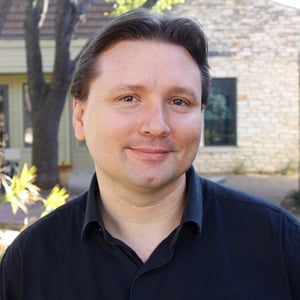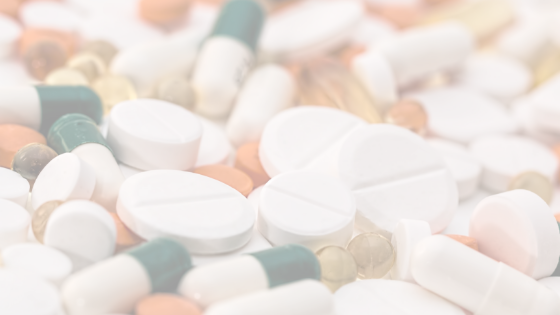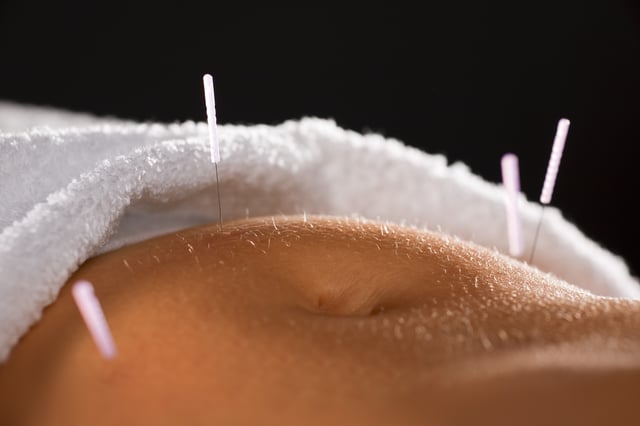 Billy Zachary is a licensed acupuncturist with over ten years of experience working as a professional practitioner. Since earning his master’s degree from AOMA Graduate School of Integrative Medicine in 2004, he has completed extensive training in the Hakomi method of mindfulness-centered somatic psychotherapy. He maintains an active clinical practice in Austin, Texas where he specializes in the use of acupuncture & herbal medicine in the treatment of emotional trauma.
Billy Zachary is a licensed acupuncturist with over ten years of experience working as a professional practitioner. Since earning his master’s degree from AOMA Graduate School of Integrative Medicine in 2004, he has completed extensive training in the Hakomi method of mindfulness-centered somatic psychotherapy. He maintains an active clinical practice in Austin, Texas where he specializes in the use of acupuncture & herbal medicine in the treatment of emotional trauma.
In his previous life, he trained and taught Kuk Sool Won, a traditional Korean martial art that emphasizes mindfulness, meditation, joint locking and pressure points, though he currently practices and volunteers at Aikido of Austin. His first forays into East Asian medicine was in Shiatsu.
Shiatsu is like one part bodywork, one part qi gong. As the practitioner treats the patient, they work on their own qi. Practiced correctly, at the end of a session you should feel refreshed, and relaxed.
Can you describe how Shiatsu is different from other types of bodywork?
Are there various types within the broader style of Shiatsu? Which form do you practice?
What kind of patients do you feel it works best on? Do you often combine it with acupuncture or do either/or? Is your pricing structure typically more if you do bodywork?
All kinds! And it can integrate with acupuncture, at all levels. It can be part of your diagnosis, part of warming up, or part of finishing. Or a smidge of acupuncture can be used along a full Shiatsu treatment.
I do charge more for Shiatsu time, because I cannot treat in two rooms at once.
How do you get certified as a practitioner? Is it through AOBTA? How do students get clinical hours as of now?
You have to complete AOBTA's requirements, just as you would with Tuina. Most of those are already taken care of by your acupuncture training. I believe students need to have the appropriate hours of Shiatsu class, and then hours logged in clinic. Anyone can arrange to do a Shiatsu clinic when I am on campus supervising a clinic.
How long have you taught Shiatsu?
Are there any videos or books you recommend for students to get a sense of what you teach on campus? I looked up Shiatsu on youtube and found this video. Please tell me we'll learn this.
That looks fun! It would be interesting to see how that method works with a patient larger than yourself, with cervical issues! So, that is not quite what I teach.
Here is a video, low quality and old, by the founder of Zen Shiatsu. The focus is on what is happening at the point of contact, and past it, and forgoes the acrobatics for focus and meditation.
In terms of reading, I recommend Shiatsu Theory and Practice.
Thank you so much for your time Billy! Shiatsu 1 is offered this coming summer term for AOMA Students.



